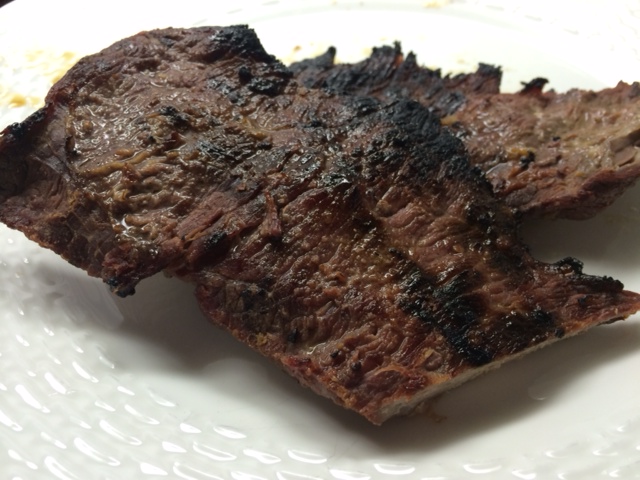One of the dietary interventions that people try for ADHD after gluten and casein free diets is known as the Feingold Program named after Dr. Feingold who was an immunologist who noticed that certain dietary changes in his pediatric patients seemed to change their ADHD.
Certain aspects of the diet are no longer controversial. If you want to purchase artificially colored candies in the United Kingdom, they come with a label warning that the dyes can cause behavioral problems in some children. The links between dyes, certain preservatives and additives and ADHD has been established and there is no concern by any reputable pediatrician about feeding children a diet free of additives and processed foods.
Other aspects are becoming more mainstream. Last weekend we were home with the flu and watched a lot of public television. There were at least three different doctors back to back talking about the positive impacts of a GFCF diet on children with ADHD. Again, it is well known that in certain sensitive populations, these proteins can have an adverse impact on the brain.
That said, there is also evidence supporting something rather different and much trickier to implement, the low salicylate diet. Salicylates are naturally occurring compounds found in most fruits, some vegetables, most spices, and some nuts and seeds. The problem is that they are found in large quantities in what most medical professionals would consider ideal healthy foods. Berries, apples, spices, grapes, melons, dates, peppers and greens like broccoli and chicory are all high in salicylates. They are also high in antioxidants, fiber and flavor. Pulling those foods would give most parents pause.
Yet when the low allergen and low salicylate diets are combined, the improvements can be remarkable. Note the section on the oligoantigenic diet in the following article. The diets used actually combined removal of major allergens along with removal of salicylates. Note that there were two different studies and both times most children got much better.
http://www.sswahs.nsw.gov.au/rpa/allergy/research/salicylatesinfoods.pdf
Now have there been problems with people implementing the diet poorly? You bet! Like the “muffin vegans” who get wild nutritional deficiencies because they eat vegan fries and muffins instead of embracing veggies and pulses, this diet works only if your child is a good eater. So if you child won’t eat cabbage, salad, peas, asparagus or brussels sprouts you may find it challenging to get enough greens in there. The fruits allowed are either exotic (mango, passion fruit, pomegranate, pawpaw) or pears so if you don’t live in an area with a good produce market the lack of variety can be tough. Beans, meats, unrefined oils and pulses are all allowed. Processed meats generally aren’t. This would be challenging for a non-cook to implement effectively and probably should be done with the support of a nutritionist or someone who knows a lot about what is needed for children to have a healthy diet.
The reason people do this is either because the medication does not work or because they are concerned about the side effects of long term stimulant use. It should be noted that stimulants are not risk free either.
Now some websites use a special list of foods without any evidence of why they might be low in salicylates. They also say that some are more of a problem than others without much to back it up. They state that it is based on the work of Feingold, but for me, I want something that at least looks like someone with chemistry training derived it. If anyone else wants such a list, Here is a list of salicylates in over 300 common foods which was derived by a defensible scientific method
http://www.sswahs.nsw.gov.au/rpa/allergy/research/salicylatesinfoods.pdf
I would also note that there are a lot of parents who swear that this made a huge difference in their children. For anyone at their wits end it might be worth a monthlong trial. If nothing really changes, you have your answer and if things change drastically, you have your answer as well.
What you do then is up to you.


